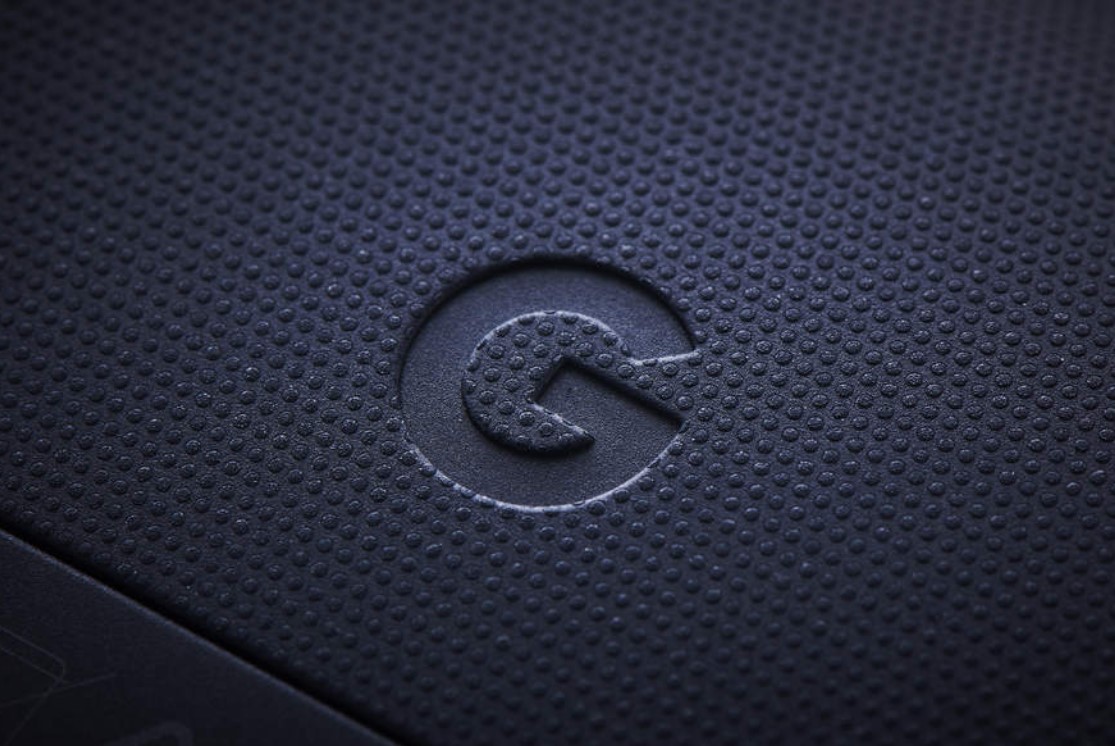Gemini: Teaching With Google’s Latest AI
Google says Gemini, its latest AI model, can outperform the most advanced version of ChatGPT. Here’s what that means for educators.

Google recently released Gemini, its most powerful AI model to date, in the tech giant’s latest effort to catch up to Microsoft-backed rival OpenAI in the burgeoning AI education arms race.
Unlike OpenAI’s GPT technology, which is trained on text, images, etc. separately, Gemini was trained simultaneously on text, video, audio, and code, which Google believes will give its new AI the upper hand when it comes to working with images, audio, video etc.
However, like so much with the rapid development of AI, exactly what Gemini is, how you can use it, and how all of this will impact education, is still a bit murky.
To help sift through some of that, I’ve been experimenting with a version of Gemini and think it’s an impressive new model but not yet any kind of game-changer for educators. On the positive side, it does seem to have more resistance to cheating than ChatGPT (it repeatedly refused to write a paper for me when prompted).
Here’s everything educators need to know about Gemini, Google’s new AI model, Gemini.
What is Google's Gemini?
Gemini is the latest and greatest AI model from Google, and if Google’s PR efforts are to be believed, a revolutionary piece of technology.
Ultimately, the model will have three versions: Gemini Pro, which is already powering many Google tools, including its integrated chatbot Bard; Gemini Nano, which is designed to run off-line on Android devices; and Gemini Ultra, the most-powerful-but-yet-to-be-released version of Gemini.
Tools and ideas to transform education. Sign up below.
In Google’s tests, Gemini Ultra outperformed GPT-4 on standard AI benchmarks in 30 of 32 categories, including tests on subjects such as physics and professional law. However, some analysts point out this performance is not quite the slam dunk Google is billing it as. On many of the tests, Gemini Ultra only scored a little bit higher, and GPT-4 is currently available to the public while Gemini Ultra is not.
As Bloomberg columnist Parmy Olson puts it: “In other words, Google’s top AI model has only made narrow improvements on something that OpenAI completed work on at least a year ago.”
How Can I Use Gemini to Teach?
Gemini is now powering Bard. So if you already have access to Bard, you’re all set.
To get access to Bard visit bard.google.com from a personal Google account and you’ll be prompted to sign up. To use the tool you need to be over 18, and if you’re using a work Google account, access needs to be approved by an administrator.
How Will Gemini Impact Education?
As I said at the top, it’s not exactly a game-changer in the way ChatGPT was when it was released at the end of 2022. But to my eyes, Gemini-powered Bard is a clear improvement over the previous version. GPT-4 used to easily outshine Bard for my uses but now the two models are very close, and Bard might even be a little better.
For example, I tried to get Bard to write a short discussion board post for me that was based on a prompt from one of my introductory composition classes. I wrote: “My teacher has asked me to write an essay about a character from a movie that inspired me. Can you write about how Luke Skywalker inspired me?”
When Bard responded with suggestions and a potential outline, I wrote back, “Can’t you just write it for me?” Bard responded: “While I can definitely help you brainstorm and structure your essay, I wouldn't feel comfortable writing it entirely for you. The purpose of an essay is not only to showcase your understanding of a topic, but also to express your own unique voice and perspective.”
Bard then offered to help as my “writing coach” and offered some solid, if basic, suggestions about how I might write the essay myself when prompted.
“Identify specific qualities or moments in Luke's journey that resonated deeply with you,” Bard suggested. “Was it his initial yearning for adventure, his struggles with doubt and fear, his unwavering belief in the good within himself and others, or his eventual triumph over darkness? Think about how these qualities or moments have impacted your own life.”
Overall, the proliferation of AI tools means the technology is ever more accessible to students and, at this point, almost hard to avoid. That makes it even more incumbent on us as teachers to work on teaching responsible AI use and exploring with students what exactly this should look like. Teachers and their students should also explore how AI can be helpful and detrimental as a study aid.
Many of us are exploring these questions and having these conversations with colleagues — let’s remember to make students part of the conversation.
Erik Ofgang is a Tech & Learning contributor. A journalist, author and educator, his work has appeared in The New York Times, the Washington Post, the Smithsonian, The Atlantic, and Associated Press. He currently teaches at Western Connecticut State University’s MFA program. While a staff writer at Connecticut Magazine he won a Society of Professional Journalism Award for his education reporting. He is interested in how humans learn and how technology can make that more effective.

